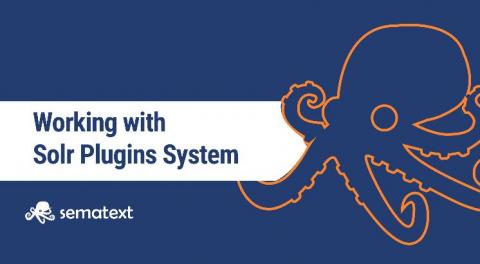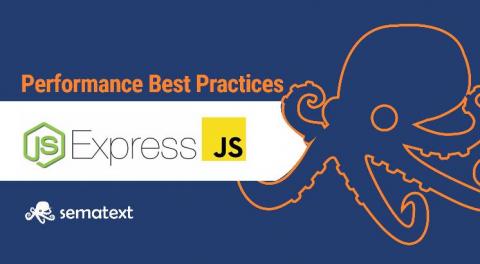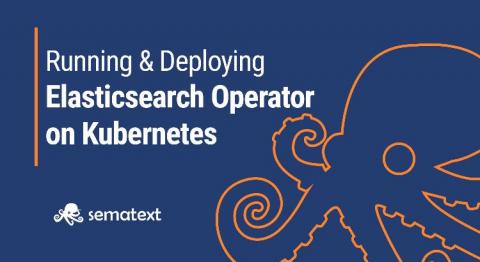Linux Logging Tutorial: What Are Linux Logs, How to View, Search and Centralize Them
TL;DR note: if you want the bzip2 -9 version of this post, scroll down to the very last section for some quick pointers. If you want to learn a bit about Linux system logs, please continue, as we’ll talk about all these and more.











